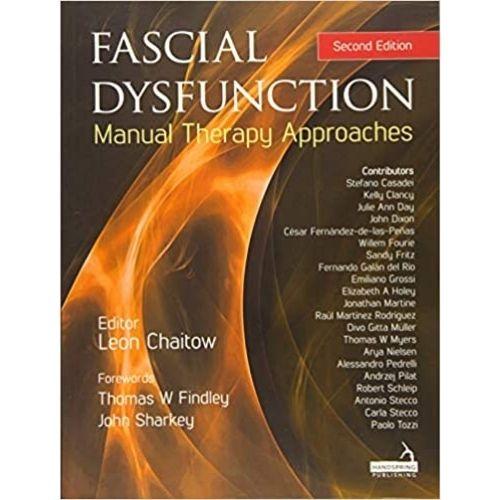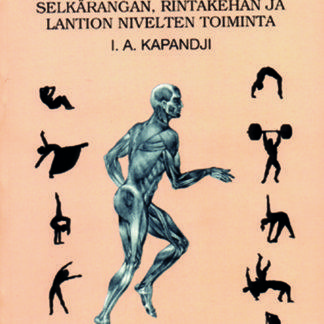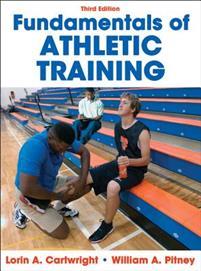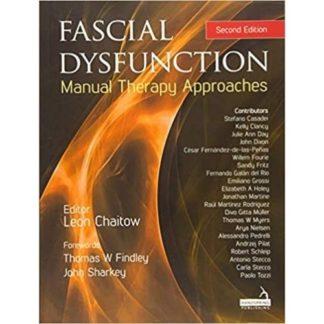Kuvaus
Fascial Dysfunction: Manual Therapy Approaches 2nd Ed.
A two part text on fascia and how to treat disorders of its function. Section 1: Fascial Foundations provides a summary of the latest understanding relating to the anatomy and physiology of fascia including an exploration of what can go wrong. It reviews the latest research findings and hypotheses. Containing 4 chapters written by the Editor, Leon Chaitow it also includes a chapter by Thomas Myers on Global Postural Assessment. Section 2 : Selected Fascial Modalities presents 15 chapters each addressing a different therapeutic approach to the treatment of fascia dysfunction. Each of these chapters is written by a different internationally respected and well-known clinical expert in the modality discussed. The complete book therefore proves a compilation of fascia related/directed techniques (including to the treatment of scars), that builds on a background of what is now known or hypothesised on in relation to fascial dysfunction and its repercussions for physical activity. Compiled and edited by an internationally respected author, practitioner and teacher. Constructed in 2 distinct sections to cover (1) the necessary background research and knowledge base and (2) the most effective manual therapy approaches for restoring or improving fascial function Includes 16 chapters contributed by clinical experts in different therapy approaches to managing fascia dysfunction. The therapies discussed are all supported by research and relevant clinical evidence is summarised for each modality. All the clinical chapters are written in a similar format making it easy to dip into. All chapters are fully referenced. Brings together contributions from some of the best known practitioners and authors in the field Highly illustrated with black and white photographs and line drawings and a colour plate section to illustrate key anatomy. Section A. The first 4 chapters will be tightly written with photos and drawings to illustrate the anatomy/physiology etc.





